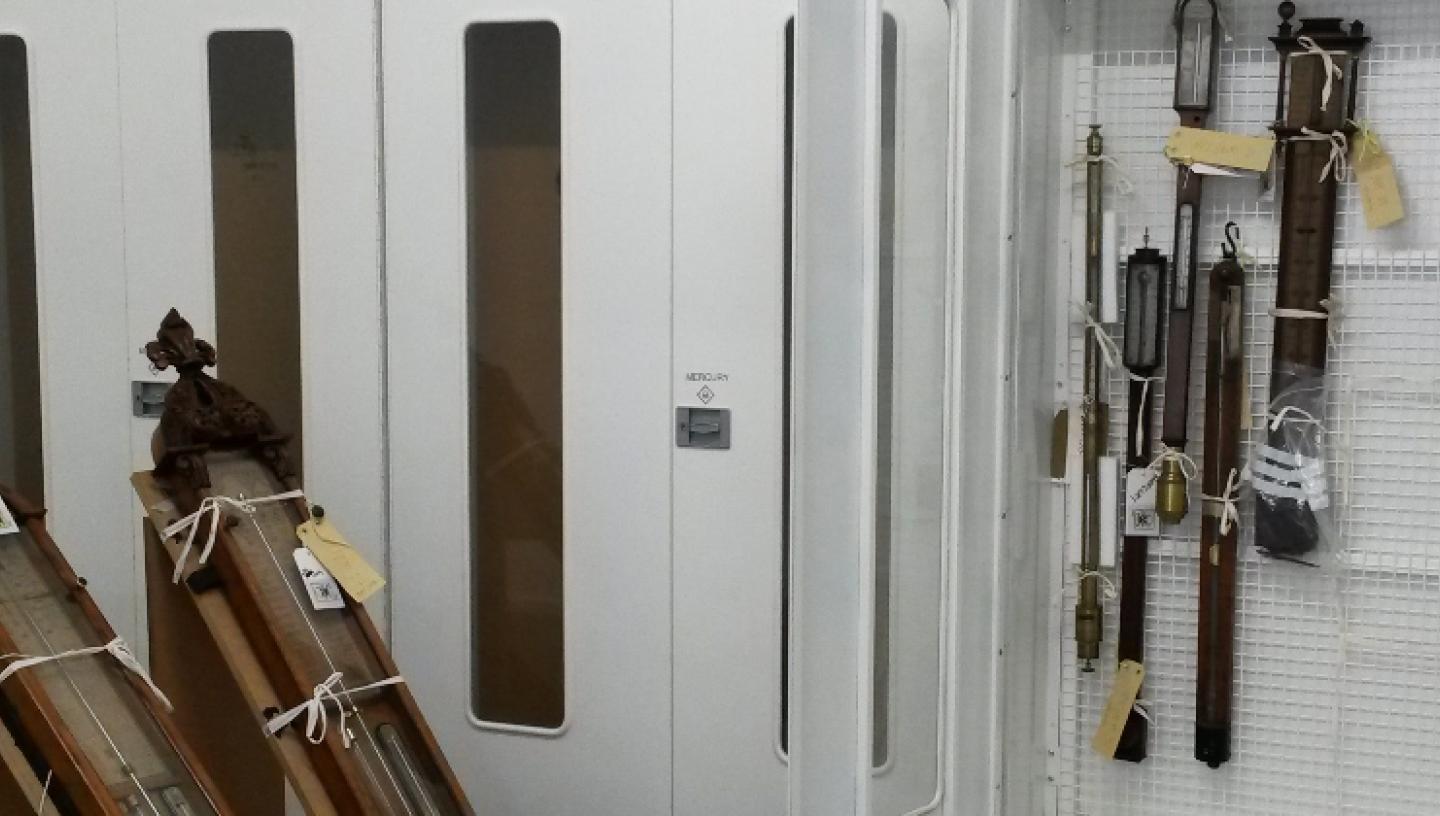
Essential Information
| Location |
In Greenwich
|
|---|---|
02 Mar 2017
Collections Storage Assistant Alex Strachan provides a behind the scenes look at how objects containing hazardous mercury are stored safely when not on display.
Mercury is a metallic element which is liquid at room temperature, but expands as it gets hotter. Historically, it has been highly useful for measuring temperature and air pressure. However, it is also hazardous as exposure to high concentrations of mercury vapour can lead to severe respiratory damage.
The Royal Museums Greenwich has a significant collection of thermometers, barometers and clocks that contain this substance, and storing it safely is a legal requirement.
In 2016, the Collections Management team were working to carry out enabling works for the Prince Philip Maritime Collections Centre. This involved relocating objects from old stores being demolished to make way for the new construction.
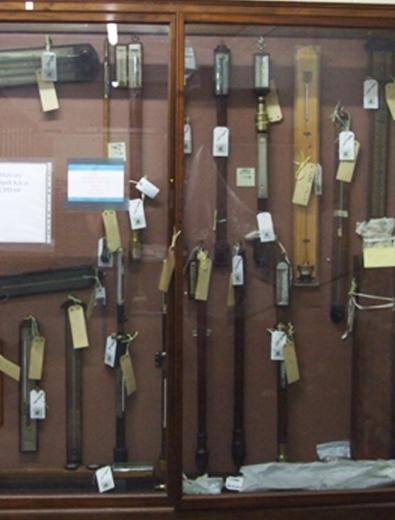
It also provided us with the opportunity to redesign and improve our storage for mercury objects in a new location. In 2014, steps were taken to improve the storage of mercury-containing objects not currently on display, by moving them from repurposed redundant showcases to sturdy metal cabinets with doors that allow airflow, preventing the build-up of harmful vapours that would otherwise make access hazardous. These cabinets hold shelved objects, wrapped or sealed in containers.
A number of cabinets are designed for vertical storage with an internal mesh screen or board for fixing, as well as a removable tray to safely catch leaks, and shallow depth allowing staff to easily reach in and lift out barometers. These were grouped in one secure store where they could be better managed.
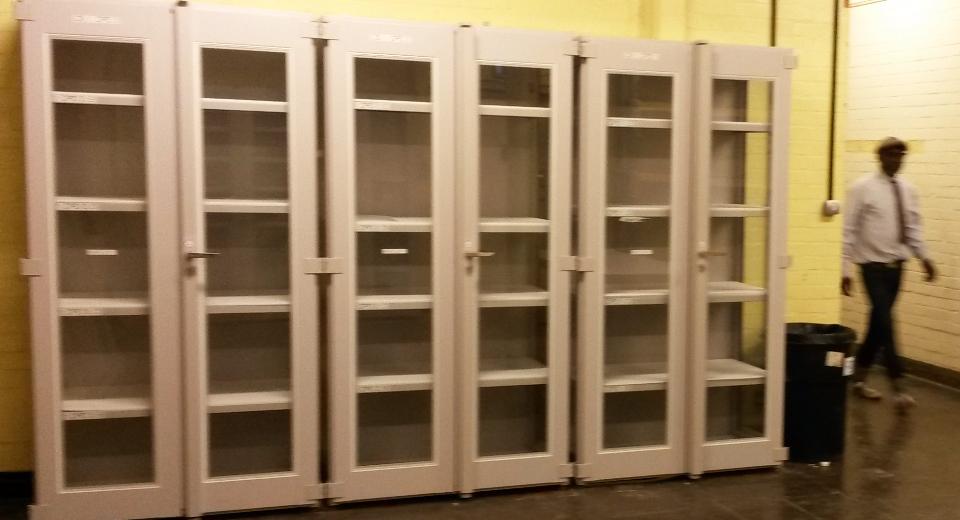
We also attached hazard labels to objects, and marked the cabinets so that staff and visitors are absolutely clear as to what these contain. This is one way in which hazardous objects are secured in permanent storage. The labels can be removed when an object goes on display, and a record of its hazard is kept updated on the museum database.
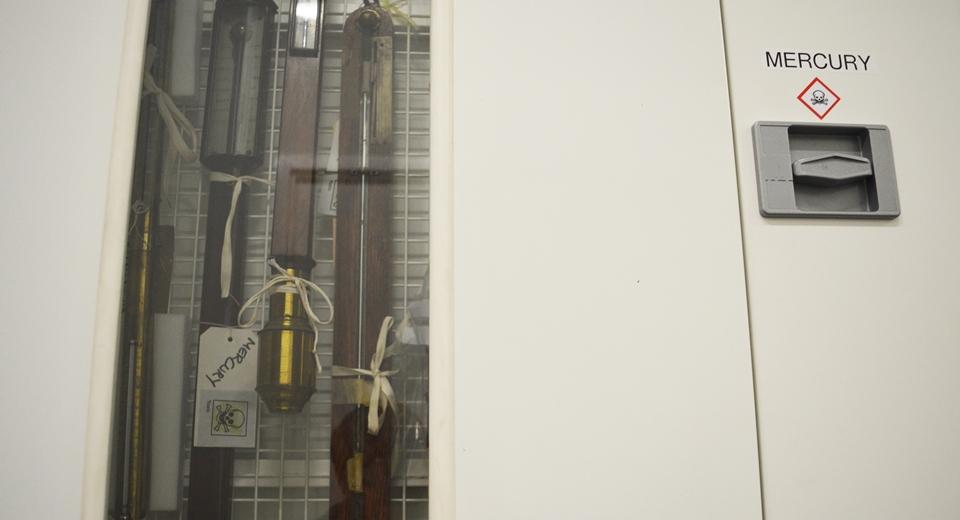
In planning the new store, we wanted to create secure an environmentally-controlled space, which also allowed for objects to be easily studied and safely retrieved. We carried out research consulting other institutions such as the Science Museum, on how best to deal with objects like those in the RMG collection. The use of purpose-built basins positioned below wall-mounted objects paralleled our method of storage.
Having consulted with the Conservation Department, we then went on to design an accessible layout for the new store, and introduced features such as a dehumidifier and an extractor fan to switch on in the event of spillage.
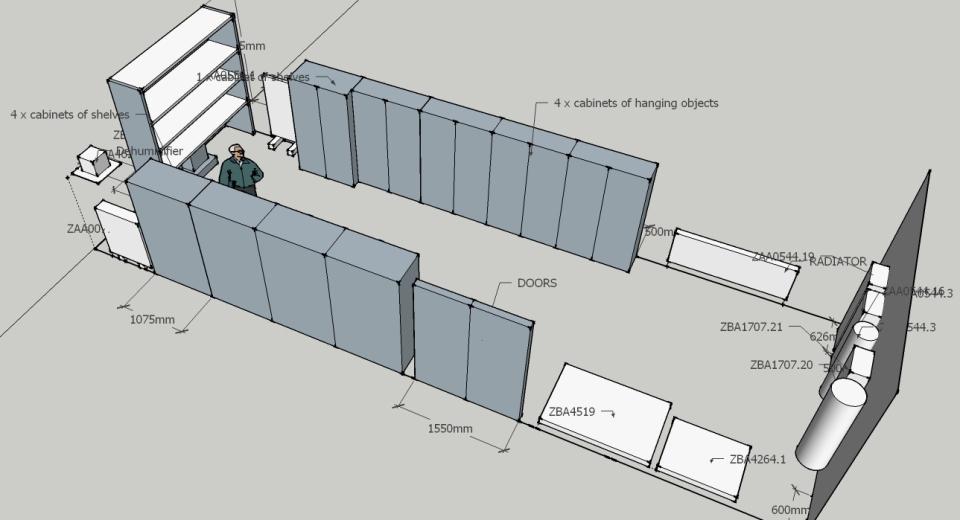
The next stage involved emptying the cabinets of their contents and relocating them to the new store along with the objects. Working with Conservation, we decanted the objects into sealed crates and specially designed pallets, which kept them upright and incorporated a basin for containing spills. All crates were hazard-labelled and travelled with a mercury spill kit.
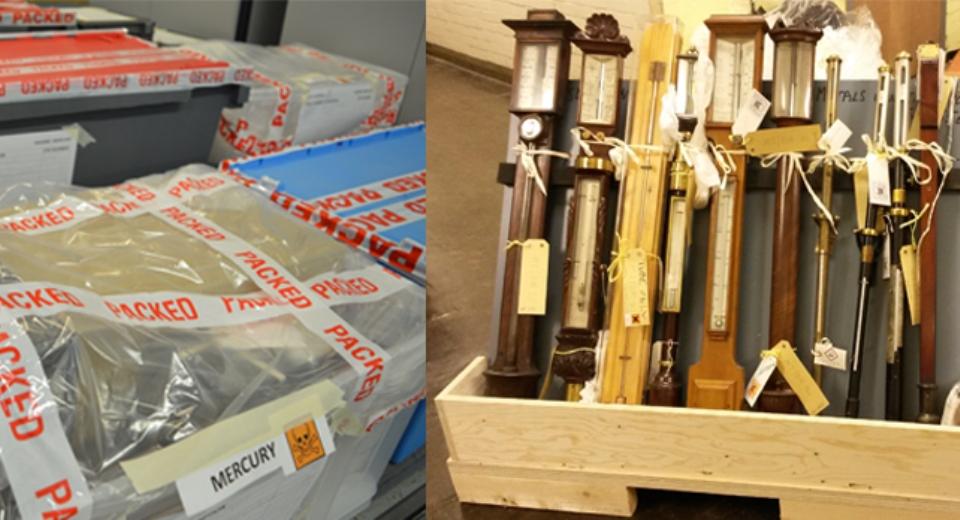
Once the objects arrived they were installed in their cabinets and condition-checked by conservators. Their locations were updated on the museum database by the Store Manager and I, and the store was later audited by the Collections Information team. Storing hazardous objects involves strict handling procedures, good training, and clear labelling. Meticulous documentation is vital to maintaining this collection safely.
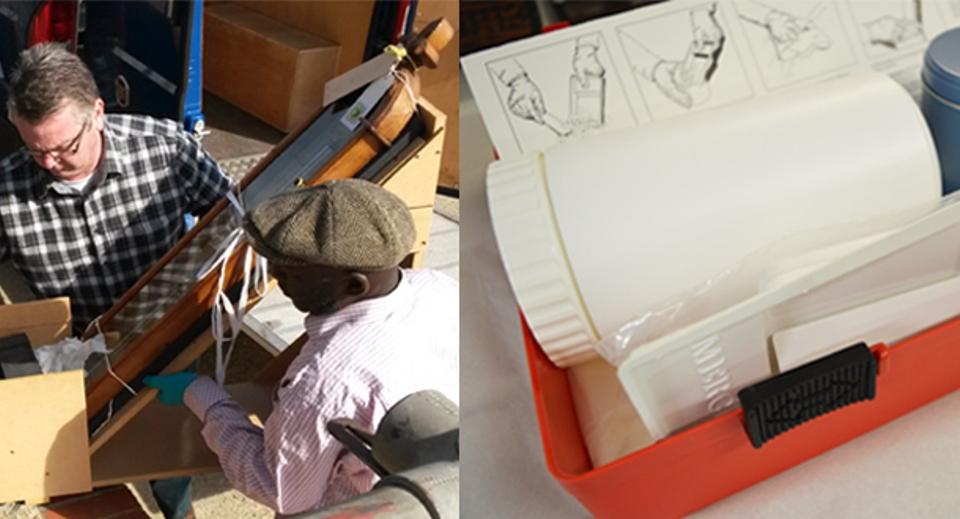
The large central space of the store allows good access for dealing with mercury in the event of a spill; routine conservation work; and packing and movement when objects leave for display. Some of these thermometers and barometers are currently on display at the Royal Observatory, and in the Voyagers: Britons and the Sea gallery at the National Maritime Museum.
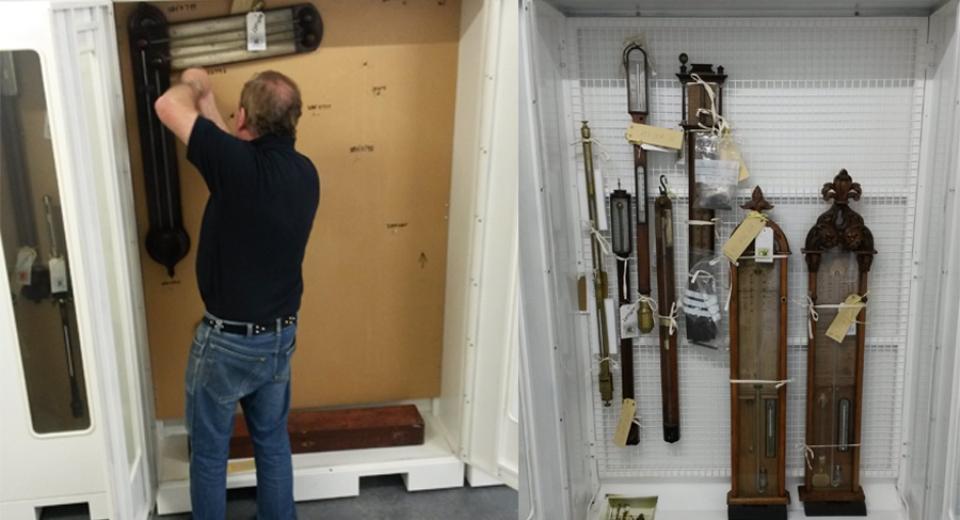
RMG Collection’s mercury objects have been provided with a safe and secure storage environment. Though currently closed to visitors, the collection of mercury objects will be accessible to visitors who may wish to view items not on display, when the Prince Philip Maritime Collections Centre opens in 2018 as part of our Exploration Wing project.
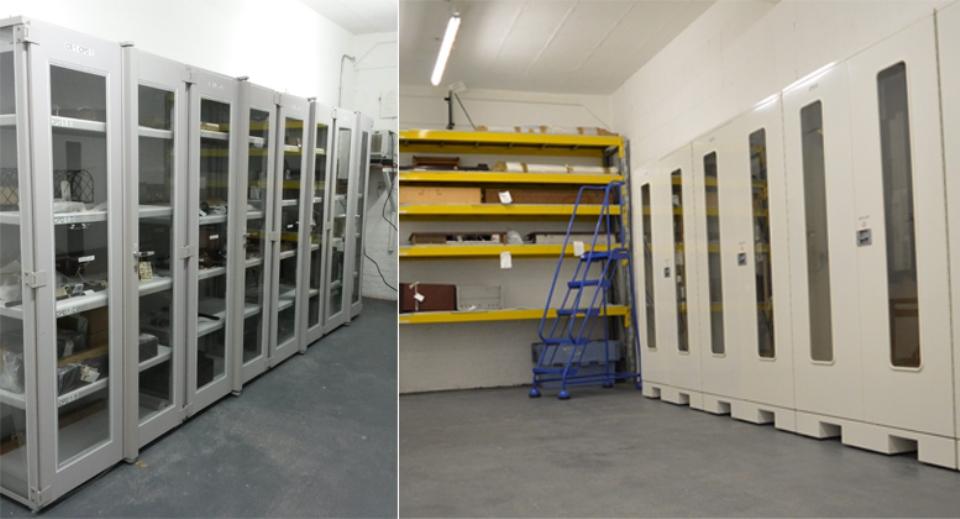
Alex Strachan, Collections Storage Assistant
Find out more about the Exploration Wing project